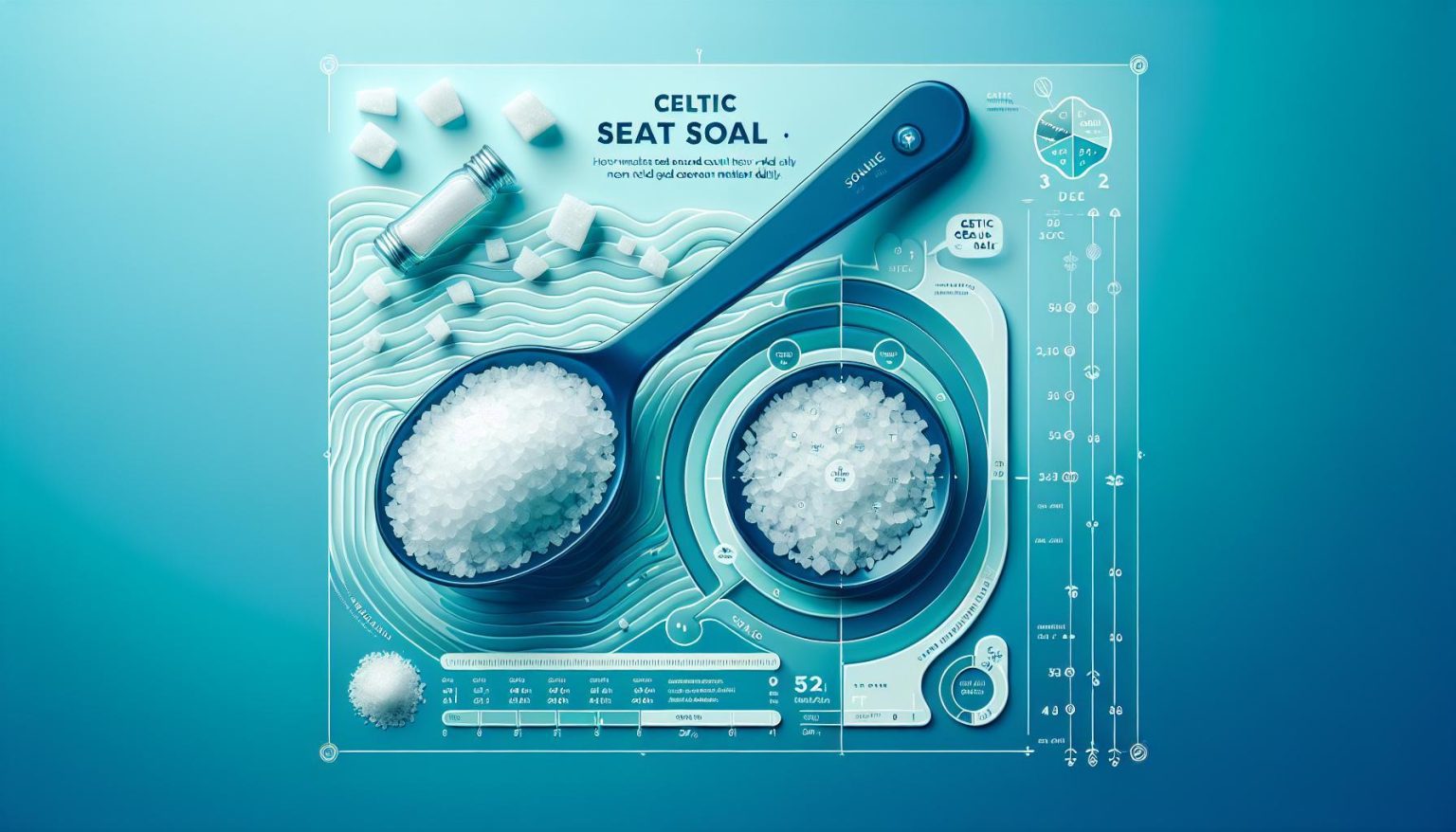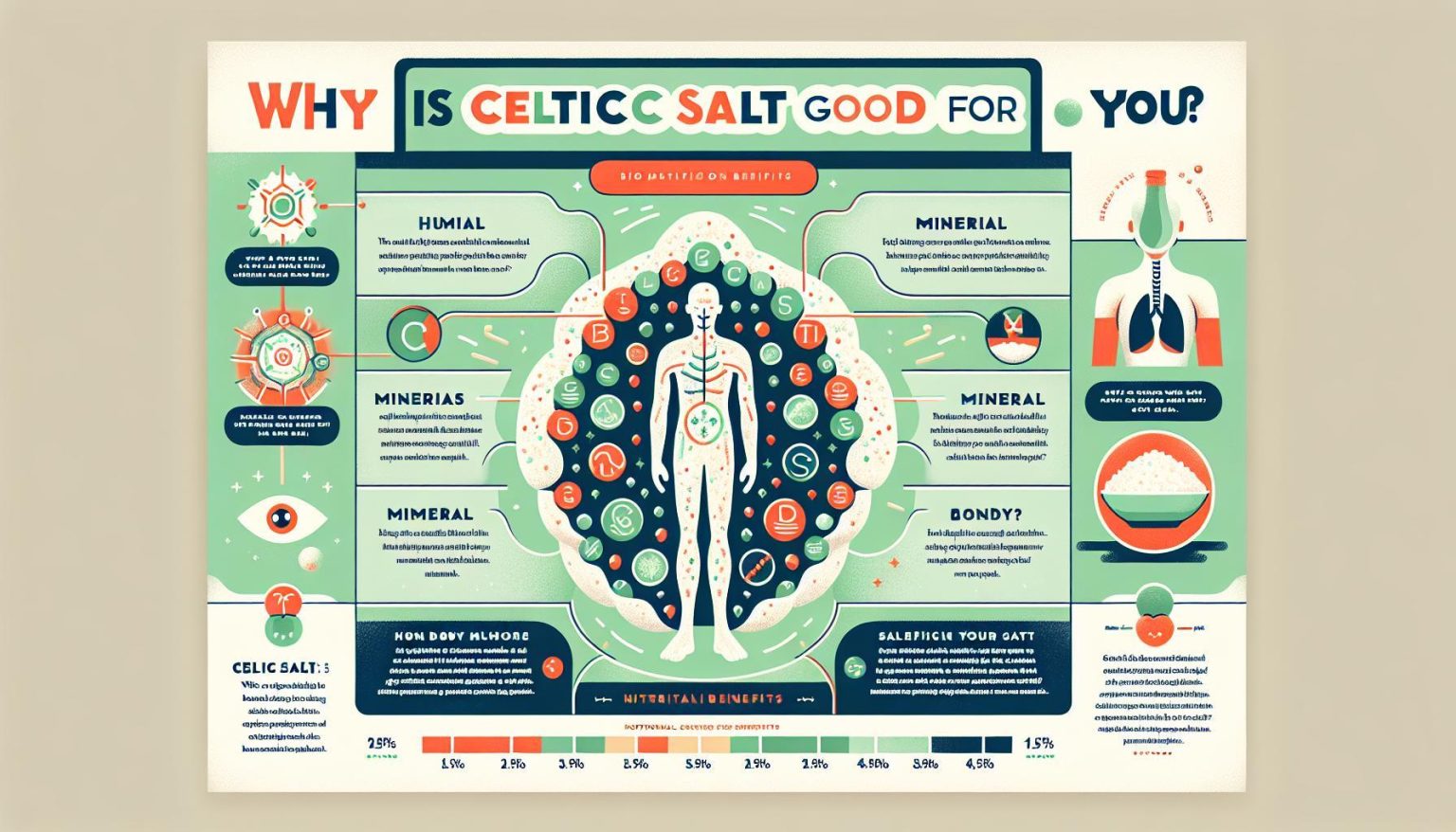The keto diet has become a lifestyle choice for those seeking weight loss and health benefits. Being rich in healthy fats while being low in carbs, the keto diet is now one of the most popular diets ever. But, as with any dietary change, it can have advantages as well as drawbacks.
Furthermore, there are various types of ketogenic diets to choose from: Targeted Keto Diet (TKD), Cyclical Keto Diet (CKD), High Protein Keto Diet, Standard Ketogenic Diet (SKD) and Vegan Keto Diet which also vary in their methods and goals.
Understanding the fundamentals of the Keto diet for beginners - its mechanisms, nutrient intake, as well as potential risks and benefits, is essential prior to making a decision. This comprehensive guide will provide answers to all those questions as well as helpful tips, meal plans and shopping lists.
Short Summary
- The Keto Diet is a low-carb, high-fat eating regimen to induce ketosis and facilitate weight loss.
- Various types of ketogenic diets exist to suit individual needs, with resources available to help beginners.
- The diet may have potential health benefits, but also drawbacks such as nutrient deficiencies and long-term health risks.
What Is The Keto Diet?

How Was the Keto Diet Developed?
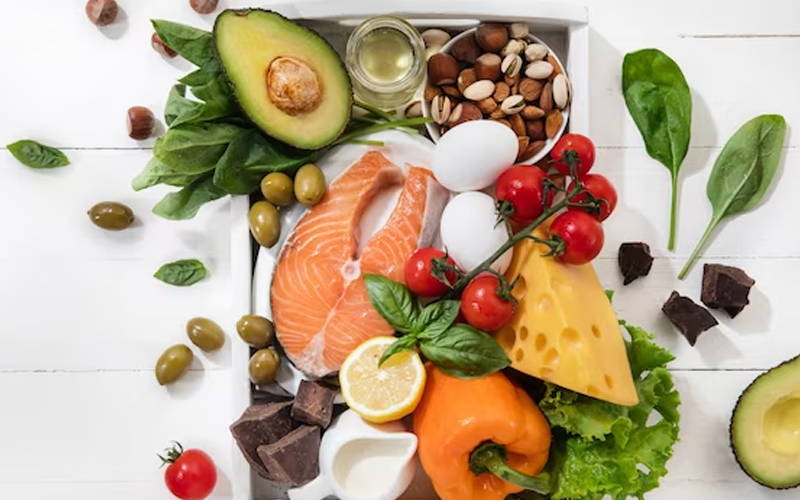
Types of Ketogenic Diets
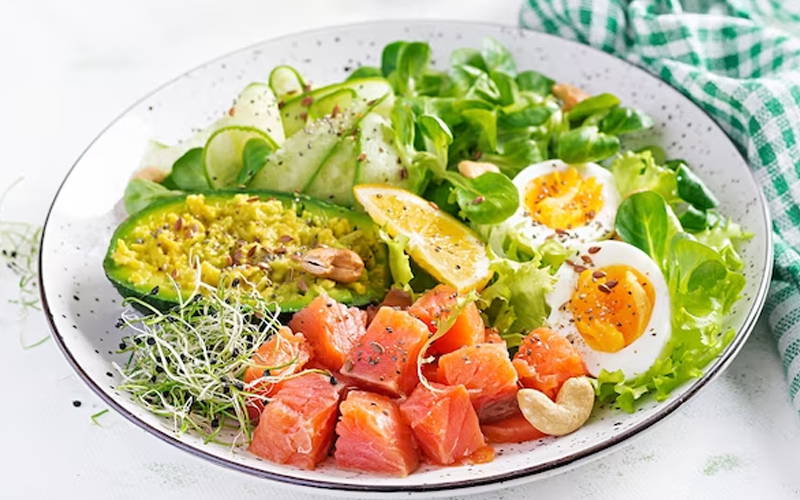
Cyclic Keto Diet
Targeted Keto Diet
Vegan Keto Diet
Foods To Eat On The Keto Diet

Foods To Avoid On The Keto Diet

Sample Week-Long Meal Plan
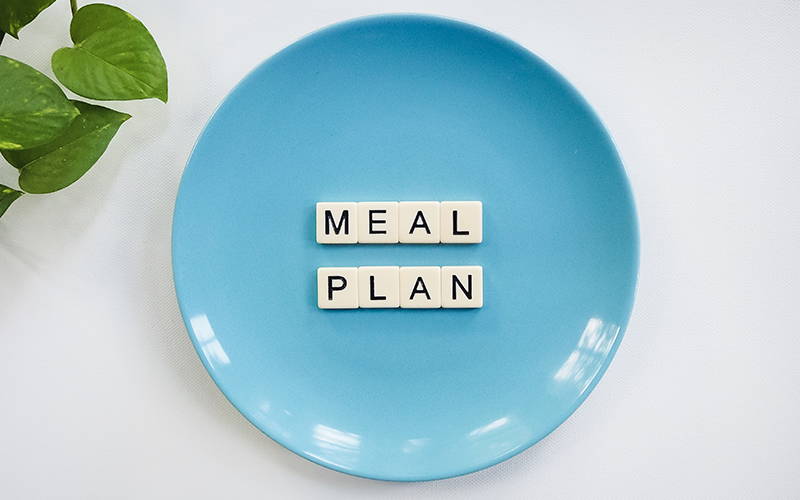
Side Effects Of A Keto Diet

Weight Loss Benefits

Other Health Benefits

Pros & Cons Of The Keto Diet

Getting Started

Achieving Ketosis

Physical Performance

Dangers of The Keto Diet

What Happens To Your Body

Keto Flu

Common Side Effects




